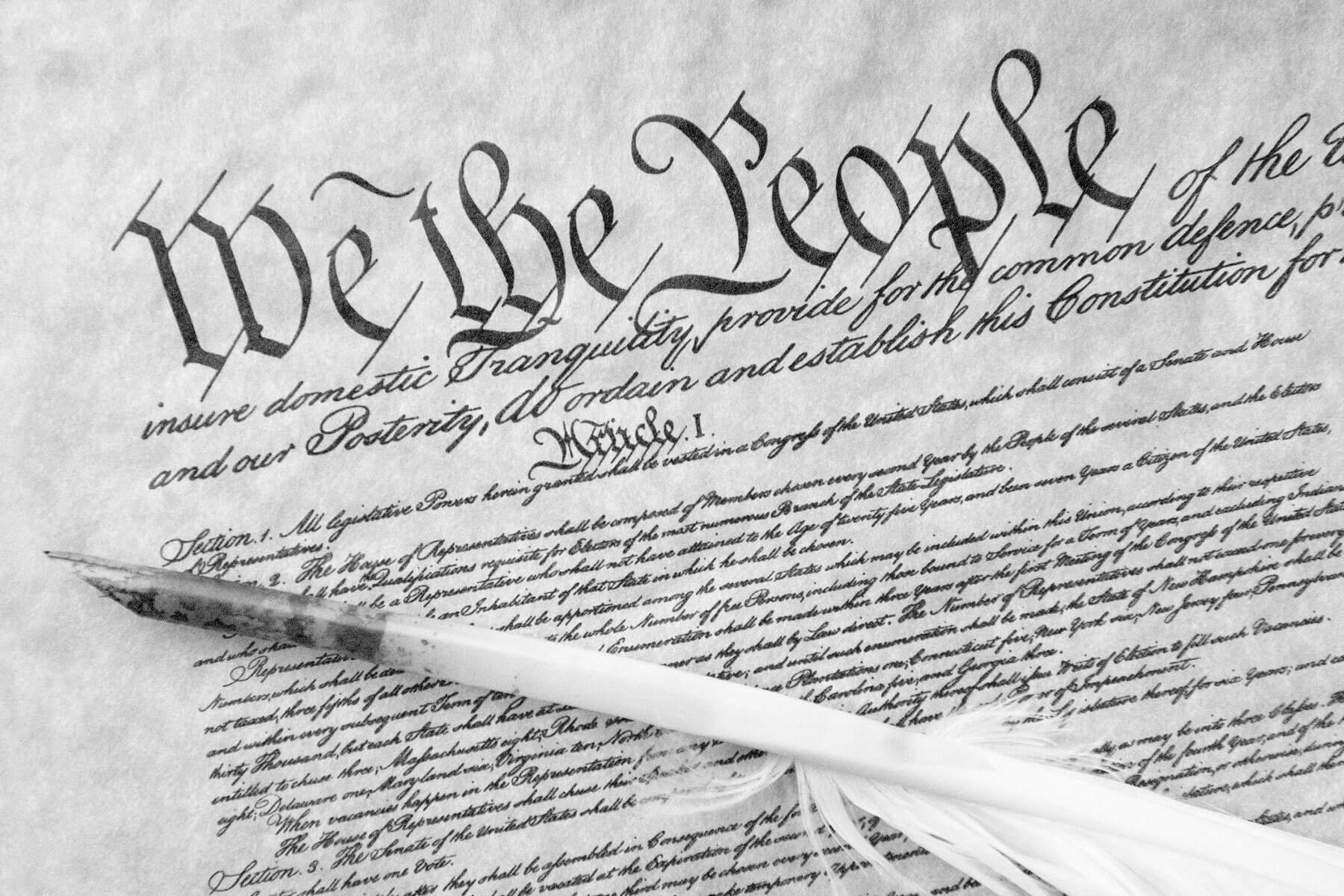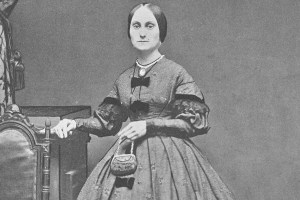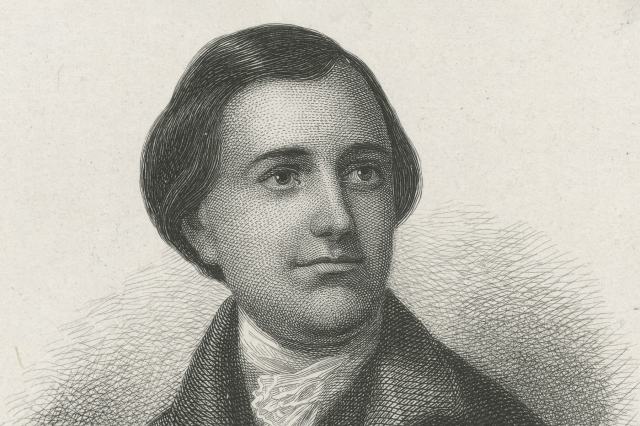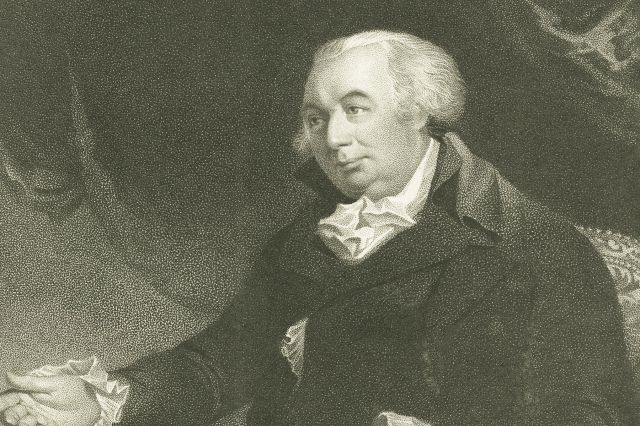Who Wrote the Constitution?
In the spring and summer of 1787, a contingent of lawyers, businessmen, and other highly regarded state representatives met at the Pennsylvania State House to fine-tune the parameters of the shaky federal government that was established by the Articles of Confederation, the nation’s first stab at a framework for government. Known as the Constitutional Convention, this meeting was perhaps the most momentous occasion in the short history of the United States following the end of the Revolutionary War.
Even in the absence of founding fathers Thomas Jefferson and John Adams, who were serving ambassadorships in Europe, the gathering boasted a formidable collection of the nation’s leaders, including James Madison of Virginia, Roger Sherman of Connecticut, and the elderly but still razor-sharp Benjamin Franklin of Pennsylvania.
As described in The Summer of 1787: The Men Who Invented the Constitution, many of the 55 delegates carried with them a raft of ideas and some combination of deft oratory skills and a forceful personality to push others to action. As such, there was no shortage of passionate speeches and threats issued over clashing values, although it proved to be more of a challenge to find calmer voices willing to nudge the rest toward compromise, and an additional challenge to pull the oft-debated and revised proposals into a document with language that would stand the test of time.
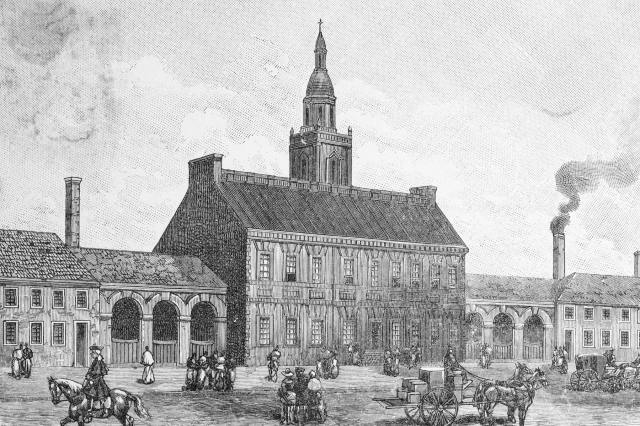
James Madison’s “Virginia Plan”
Four days after the Constitutional Convention officially commenced on May 25, 1787, Virginia Governor Edmund Randolph presented an outline of 15 draft resolutions under what became known as the “Virginia Plan.” Largely authored by Madison, the plan proposed a three-branch federal government and two-house legislature, a system that heavily concentrated power in the latter and gave the national government the ability to veto state laws.
The ambitious Virginia Plan touched off a series of debates within the convention, starting with how it represented a clean break from — as opposed to a means for improving — the system laid out by the Articles of Confederation. Even more contentious were the debates over how the states would be represented in Congress, and who had the power to choose the chief executive. Although an alliance of the smaller U.S. states later proposed a system that hewed closer to the Articles of Confederation, known as the “New Jersey Plan,” the delegates ultimately rejected this version when the two plans were put to a vote in mid-July.





